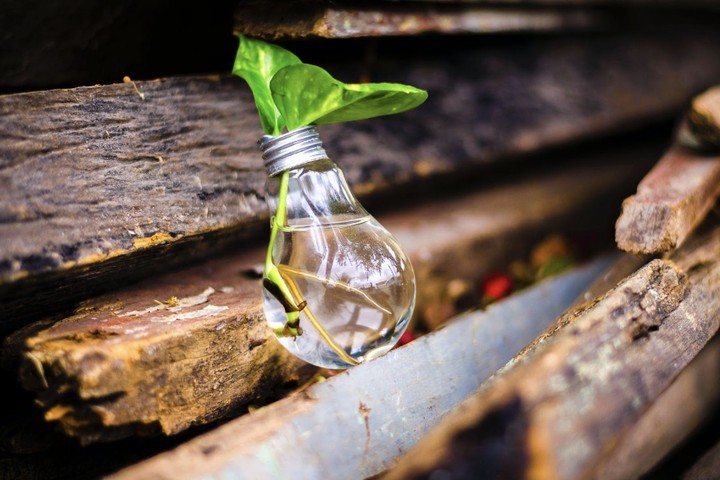
Imagine a world without waste. Seems like a far-fetched pipe dream when trash production is a normal, accepted part of our everyday lives. But what if the world functioned in a way where nothing ever needed to be discarded because goods were designed to last a lifetime or made with materials that could be remade into something else? This is the essence of a Circular Economy.
The Circular Economy (CE) is a model whereby the economy works effectively at all scales benefiting businesses, society, and the environment. While it sounds like a new innovative concept, CE has been evolving since the 1970s; consistently building off existing schools of thought like Cradle to Cradle and regenerative design. Yet, it’s not until recently that CE has begun to attract the attention of companies and governments around the world. So why is it showing up in so many different places and how is it making a difference? Let’s review the impacts.
Benefits Of A Circular Economy
The benefits of a circular economy are not restricted to one industry or topic. With growing concern around climate change, benefits of adoption are often centered around the environment, but the pros of CE are much more widespread.
1. Economic Benefits
Research suggests that CE could generate $4.5 trillion of additional economic output by 2030. While supply issues are not new, the fragility of the problem and the costs associated with sourcing virgin materials were widely exposed with the COVID-19 pandemic. Adopting a CE model would allow companies to boost their competitive edge supporting an innovation culture whereby more entrepreneurs emerge with new product ideas based on materials that are readily available in their region instead of depending on scarce raw materials from overseas. All of this leads to increased employment; be it new jobs in the industrial sector to support the innovations or an increased creation of small to medium businesses.
2. Agriculture Benefits
About one-third of all food produced is lost or wasted globally. This equates to a total loss of about $1 trillion annually. Adopting circular solutions that support better infrastructure for food redistribution and collection would help create a resilient sustainable food system. Currently, the Agriculture Research Service (ARS) and the United States Department of Agriculture (USDA) are looking for creative, impactful ideas to help advance CE in agriculture activities. If you have a great idea, like turning animal waste into biofuels, be sure to submit it to the ARSX2022 Challenge by June 24!
Where Is The Circular Economy Making A Difference?
Though CE is still gaining traction, there are places where it’s already making a difference. For example, fast food is big business - but the throwaway packaging for meals poses a real pollution problem. This is why some companies like Burger King have started to use reusable packing. Rejecting single use packaging will help them slash their value chain emissions nearly in half by 2030. Then there’s world’s biggest furniture retailer IKEA who recently opened their first second-hand store in Sweden. After the goods are repaired or repurposed, they are put back on the market for below their initial price. This reuse model encourages consumers to take another look at a product's life-span.
While our economy still favors a linear model, the emerging circular trends are beginning to take precedence which is why we’re seeing a rise in circularity. More creative problem solving combined with open innovation and crowdsourcing will help CE to flourish and become the new norm for the economy.








